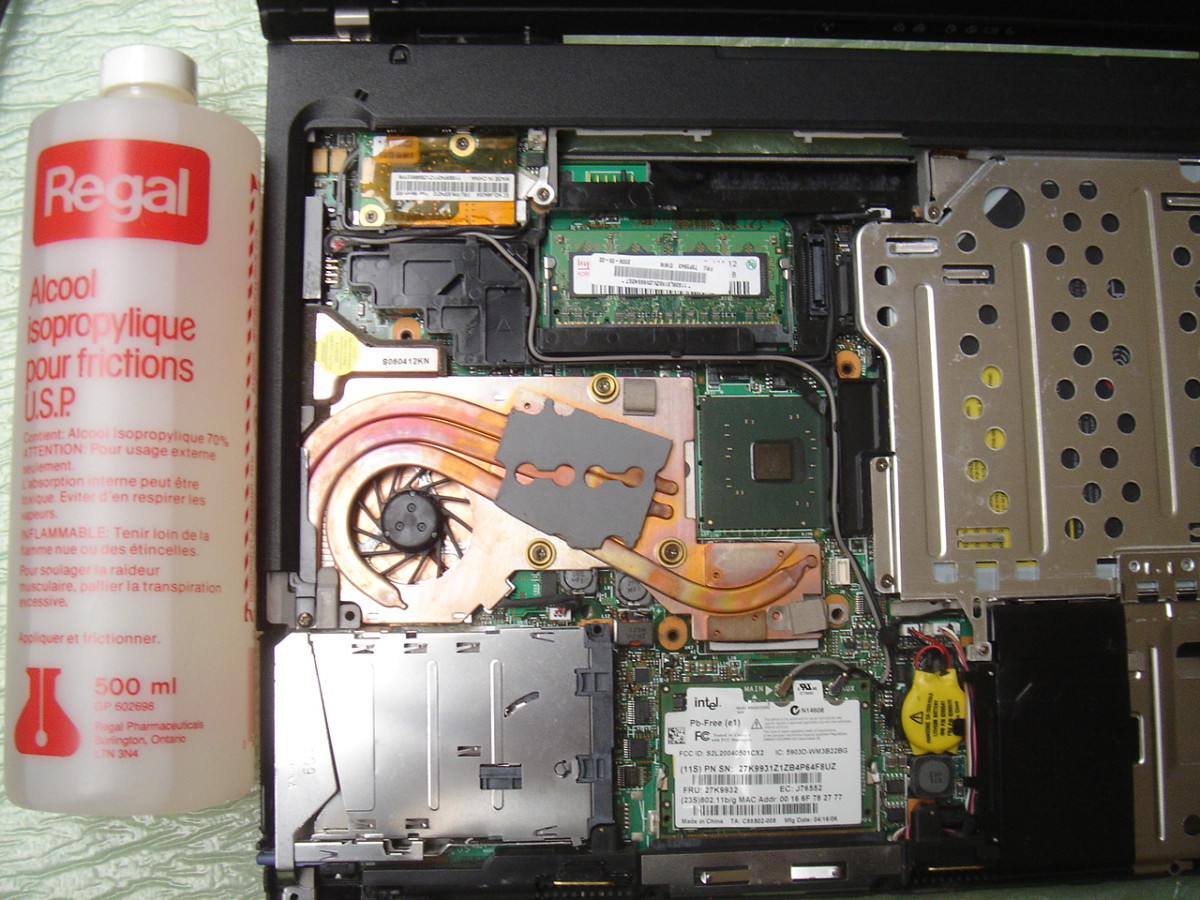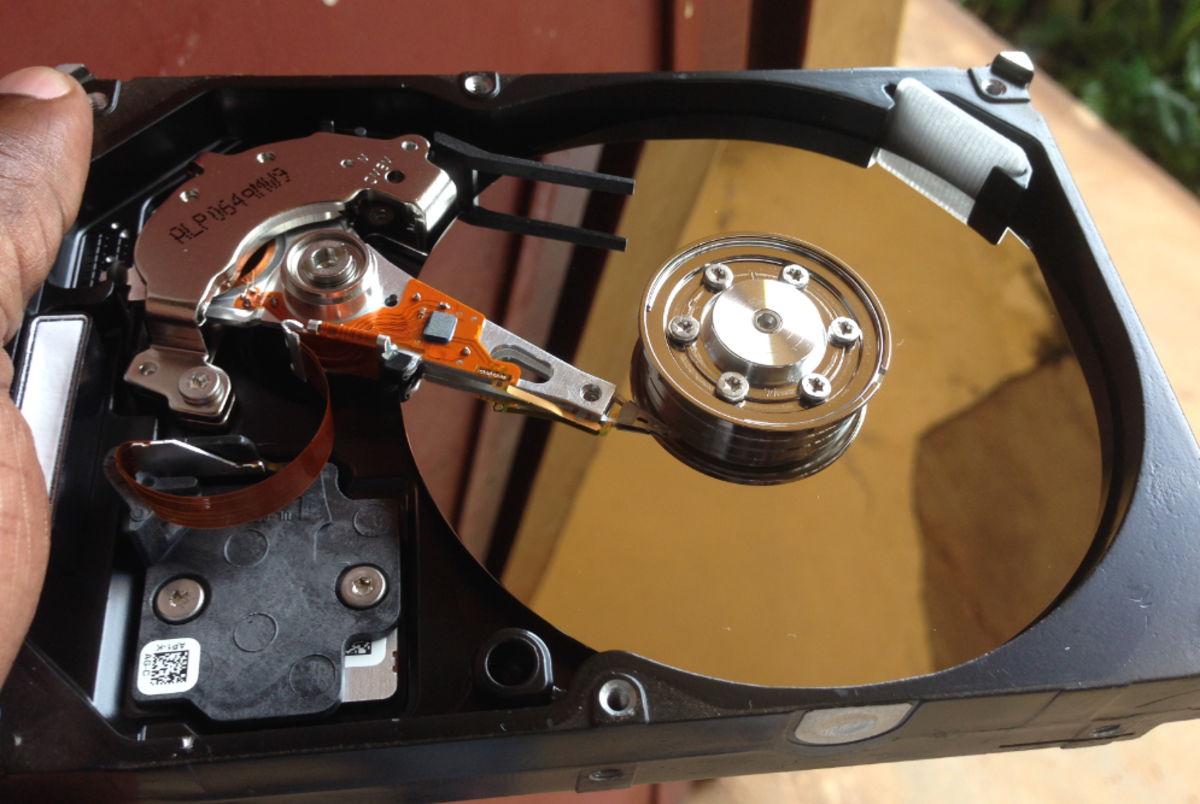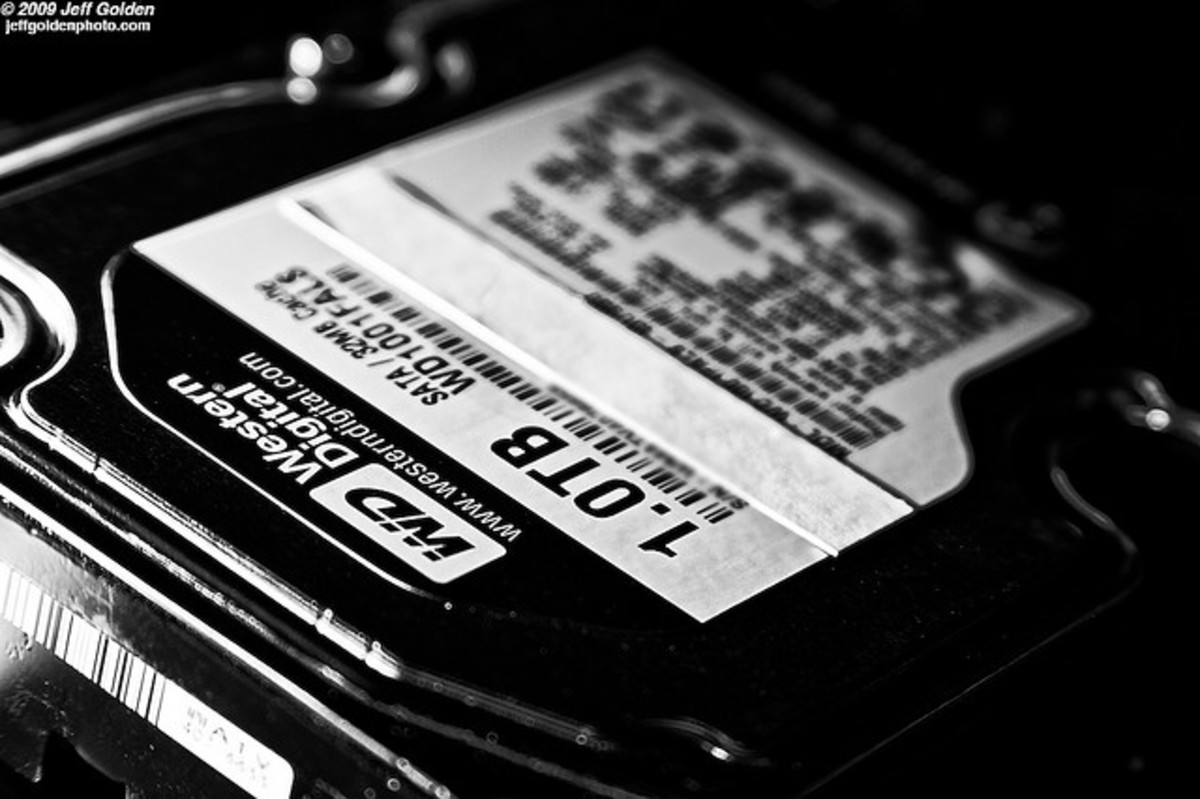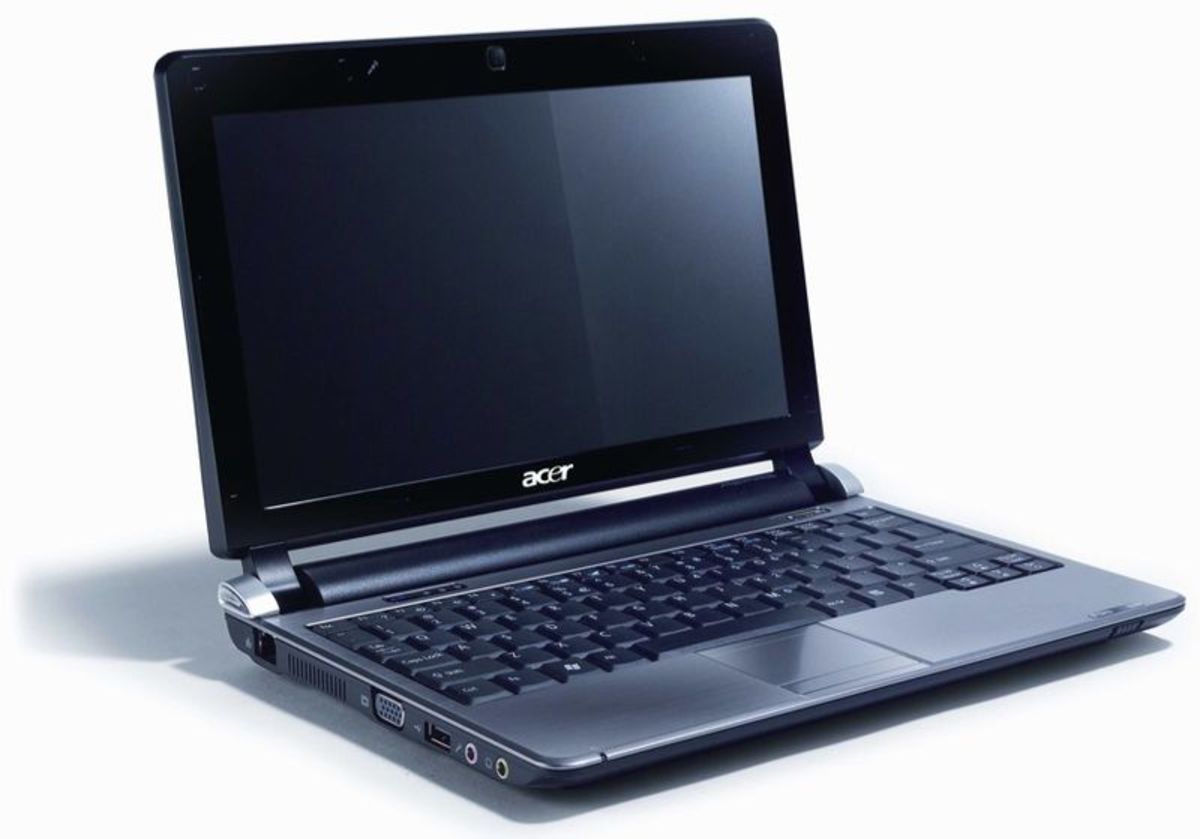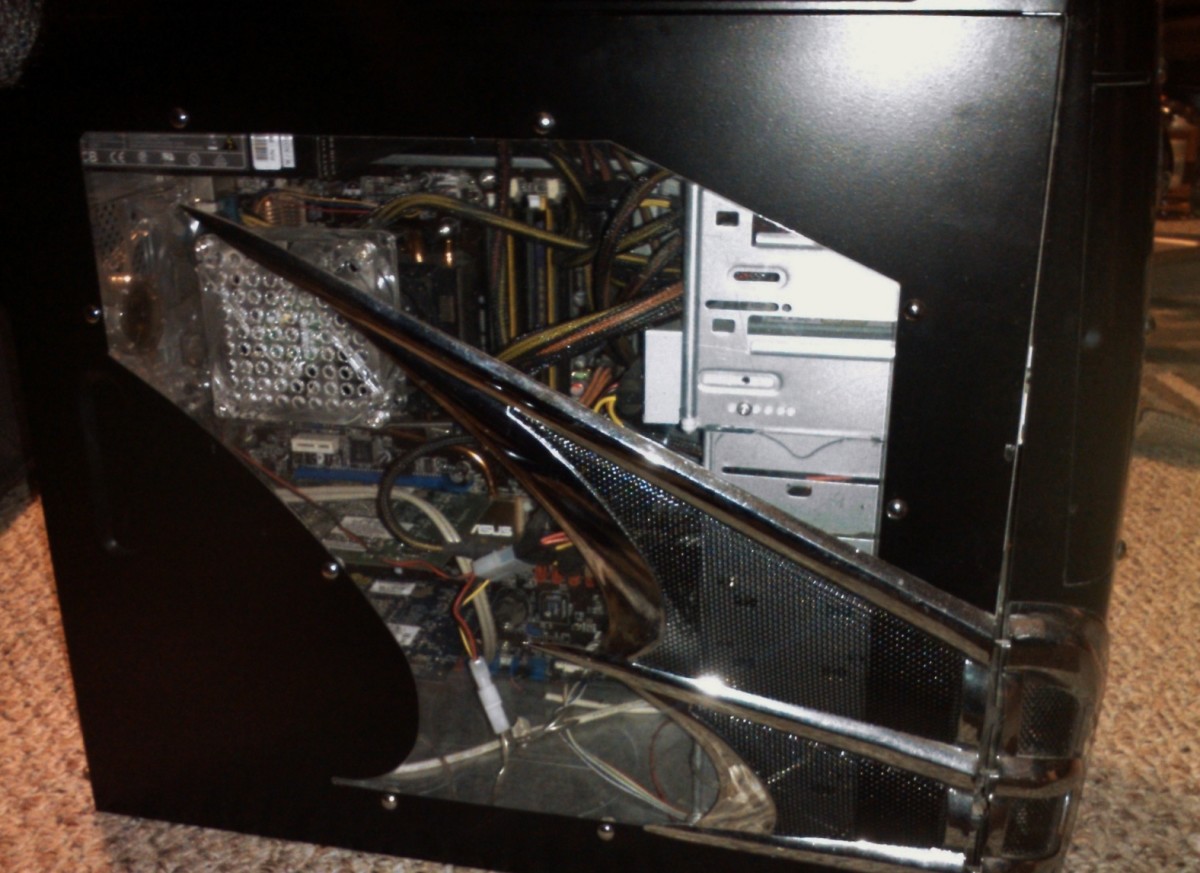Hard Drive Crash Recovery
Your hard drive just crashed or at least you suspect that it just crashed. Hard drive crash recovery becomes important if you don’t have a backup of your data on a separate drive whether that drive is located in an external hard drive enclosure, on your local network, sitting in a hard drive dock, or offsite somewhere in the cloud. If you have a backup of your data, all you have to do is buy a new drive, restore your data from your backup, and you’re back in business. Unfortunately, you never got around to backing up any of your data or you lost all of your previous backups for whatever reason.
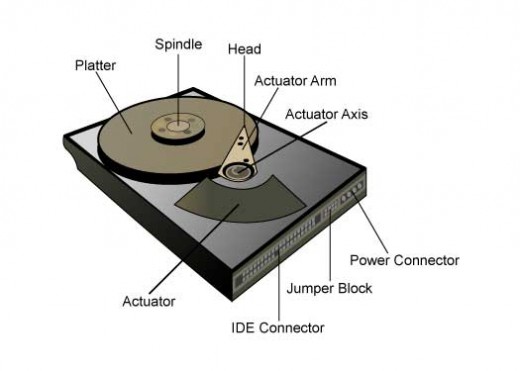
Logical Failure
There are two main types of hard drive disk failure; logical failures and physical failures. A logical hard drive failure is generally a software or data problem. These data problems can affect the entire drive or single files. For example, a computer virus or an operating system malfunction can damage the master boot record (MBR) of your drive. This is significant because the MBR provides the operating system with boot instructions and information on how the data on your drive is organized. It is very likely that your computer will not successfully boot up or your drive will not be readable by your operating system if your MBR becomes corrupted. It would be a shame to loose a 1tb hard drive full of data because of a corrupt MBR. On the other end of the spectrum, your logical drive failure could be relegated to a single file or folder. For example, you may have just accidentally deleted the folder containing all the digital photos from your cousin’s wedding. In both of these cases the opportunity to recover lost data after a hard drive crash is fairly good. The reason you have a high chance of recovering your data is that your data actually remains intact unless it is over written in some way. Waiting too long to recover an accidentally deleted file or improperly using hard drive crash recovery software are a couple of ways to easily lose your data forever.
Physical Failure
The other broad category of hard drive failure is physical failure. Generally speaking, there are four subcategories of physical harddrive failures. Very briefly, here is how a hard drive works. A flat disk or a series of flat disks known as platters that have a special ferromagnetic coating rotate very quickly on a spindle. As the platters rotate, a read/write head swings across the surface of the platter on an actuator arm reading and/or writing new information onto the platter. The rotation of the platters and the movement of the actuator arms are all controlled by a relatively simple electronic circuit board. This board is also where the drive and the motherboard interface. At this point, you can probably see where the four physical points of failure might arise.
First, if something goes wrong with the electronic control board, you will not be able to get any data off of your laptop hard drive. Problems with the control board can be due to overheating, an electrical surge, or a broken pin. Unlike logical failures, data recovery software that is available to the average consumer will be of little use in solving your problem. There are companies that specialize in data recovery that you can send your drive to if you feel like the expense is worth getting your data back. Problems with circuit boards are generally the cheapest and fastest to repair. The company can either swap out your broken controller with a new one or remove your platter/arm assembly and transfer your data onto a new drive.
Second, the motor that drives the spindle that the platters rotate around could seize. The spindle incorporates ball bearings to minimize friction as the platters rotate. Over time these ball bearings will begin to wear and eventually fail. When a bearing fails excessive heat begins to cause the spindle shaft to expand. The shaft can expand to the point where it can no longer freely rotate and the spindle motor will break under the increased strain. Replacing a spindle motor is also relatively easy for a third party company with experience in crashed hard drive recovery.
Third, mechanical failure of the actuator arms or of read/write heads can be more difficult to fix. The arms must be able to swing out over the surface of the platter. At the ends of the arm lay the head that contains elements that allows it to read and write information onto the platter. If either of these two parts fails, the data on the drive will become unreadable. Repairing this problem could require removing each platter individually and moving to a specialized piece of equipment designed to read platters. There is increased difficulty and an intrinsic level of danger in handling the platters. Consequently, the cost and possibility of permanent data loss go up.
Fourth and closely related to the third source of physical drive failure, the magnetic surface of each platter is very delicate and subject to pitting and marring. The read/write heads hover very closely over the surface of the platter, approximately 100 nanometers. The thickness of a typical piece of printer paper is a roughly 70,000 nanometers. This should give you an idea of how very close the head is to the platter. In the course of normal operation, it is possible for the head to actually come in contact with platter if the actuator arm flexes even slightly. The arm might flex due to external vibration or mechanical fatigue. When this occurs the magnetic surface is damaged and so is any data that might have been located in that area. This type of problem is the most difficult to recover from. Expensive equipment and software tools are often required to do low level scans of each platter to recover and reconstruct your data. This is the most difficult form of recovery and therefore the most expensive and time consuming.
If you accidently delete a folder or a few files, then consumer recovery software like Undelete 2009 from Diskeeper Corporation will probably get you out of your jam assuming that your data isn’t overwritten. As is the case with most things in life, with recovery software you get what you pay for. As such I would recommend using a paid version of software instead of free hard drive crash recovery software. If your problem is more serious like a deleted partition, corrupted master boot record, or physical failure, your best bet for getting your data recovered is to contact data recovery specialists. They have the tools and experience necessary to restore your information, but these services will come at a premium.

